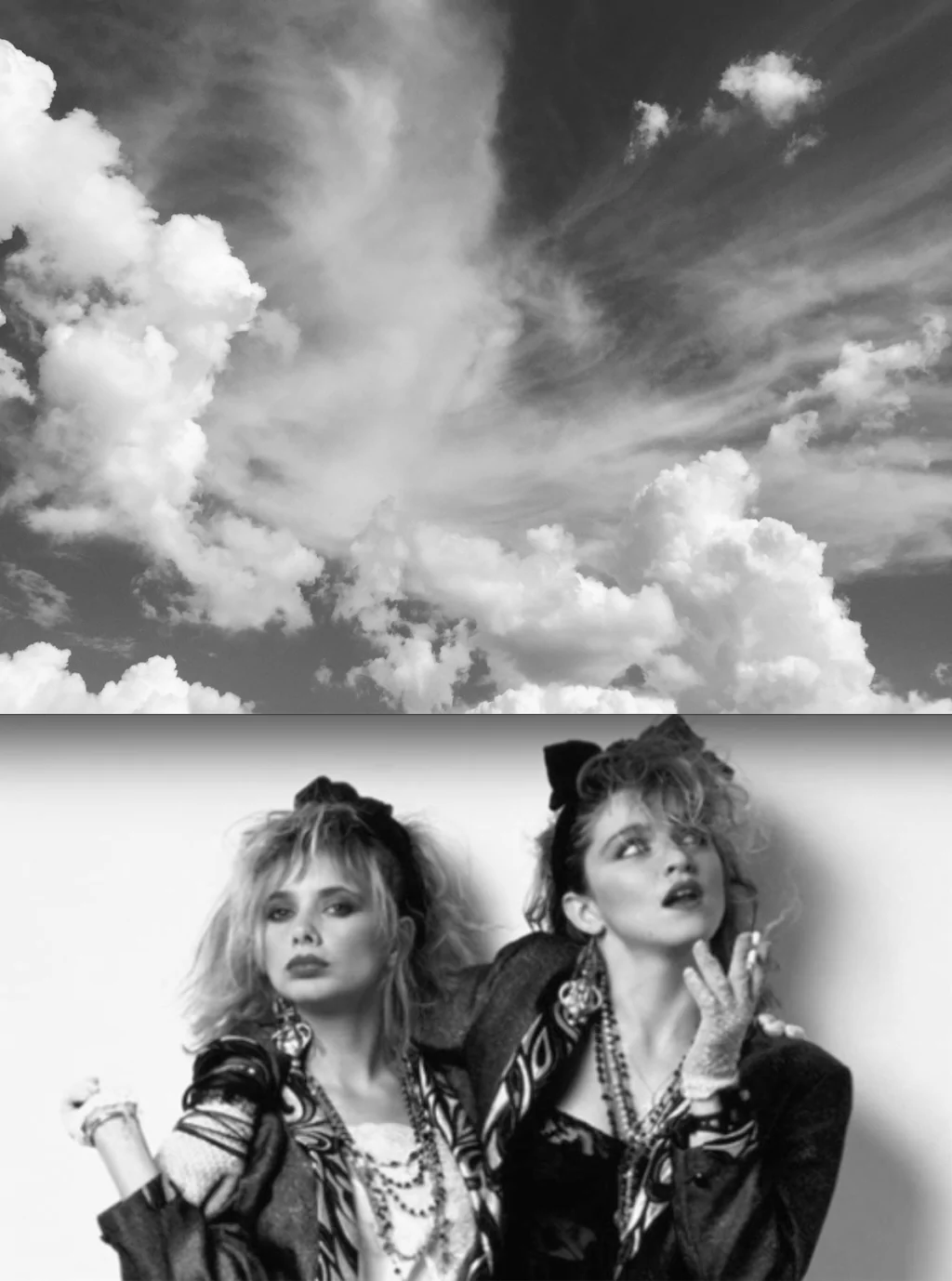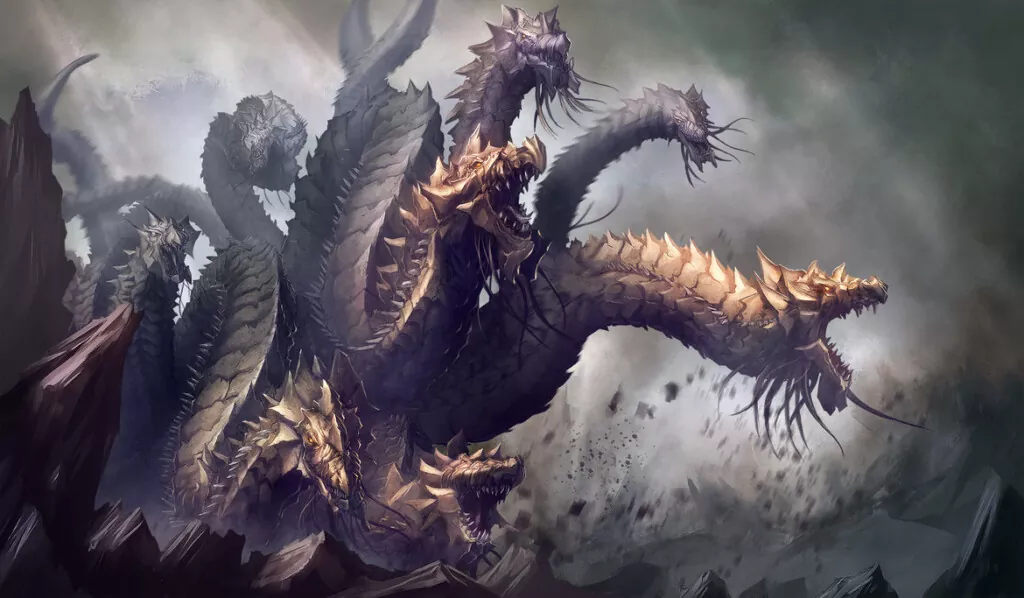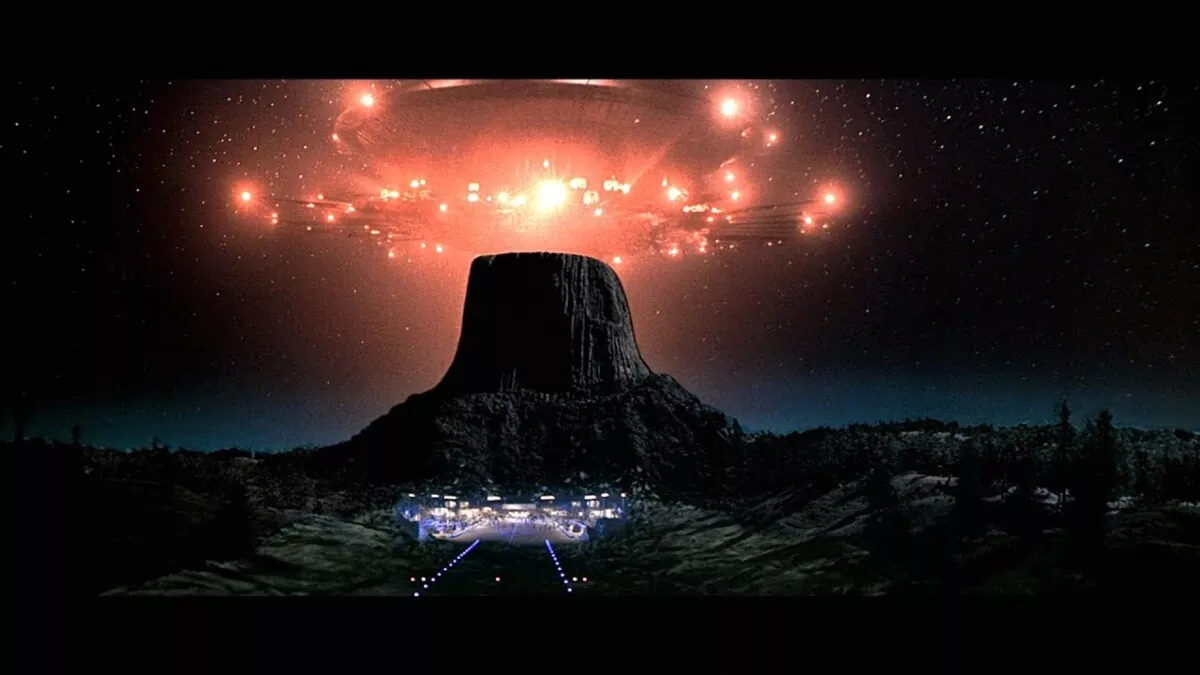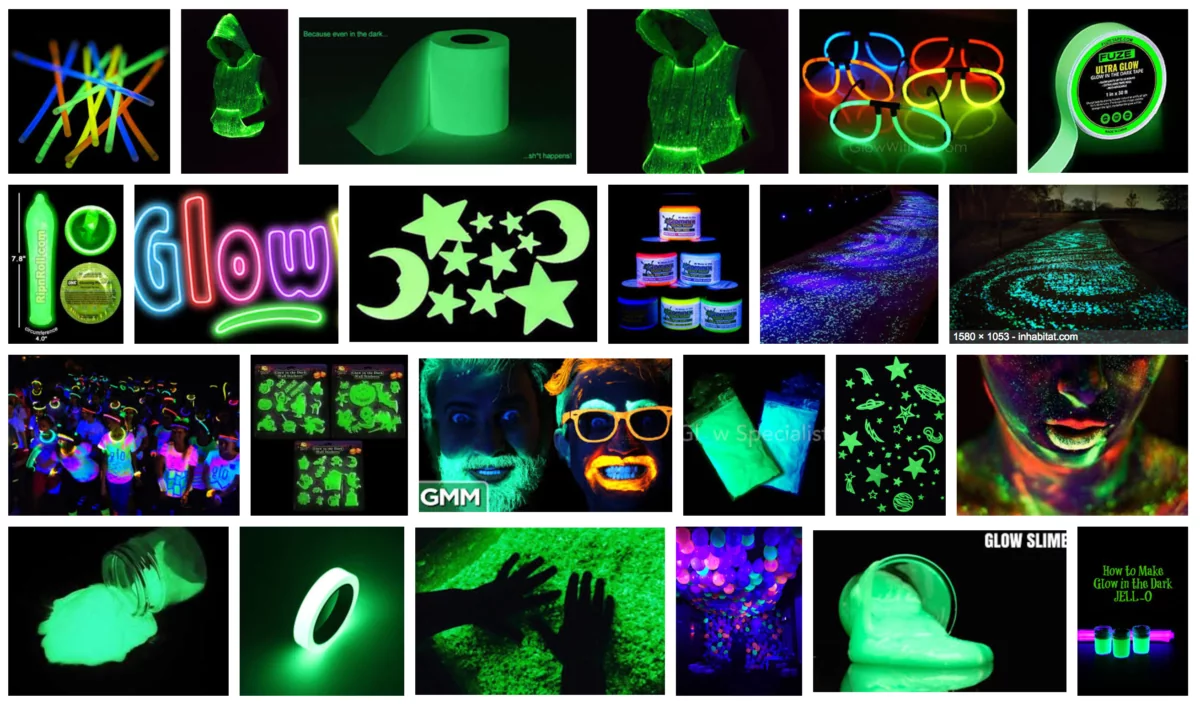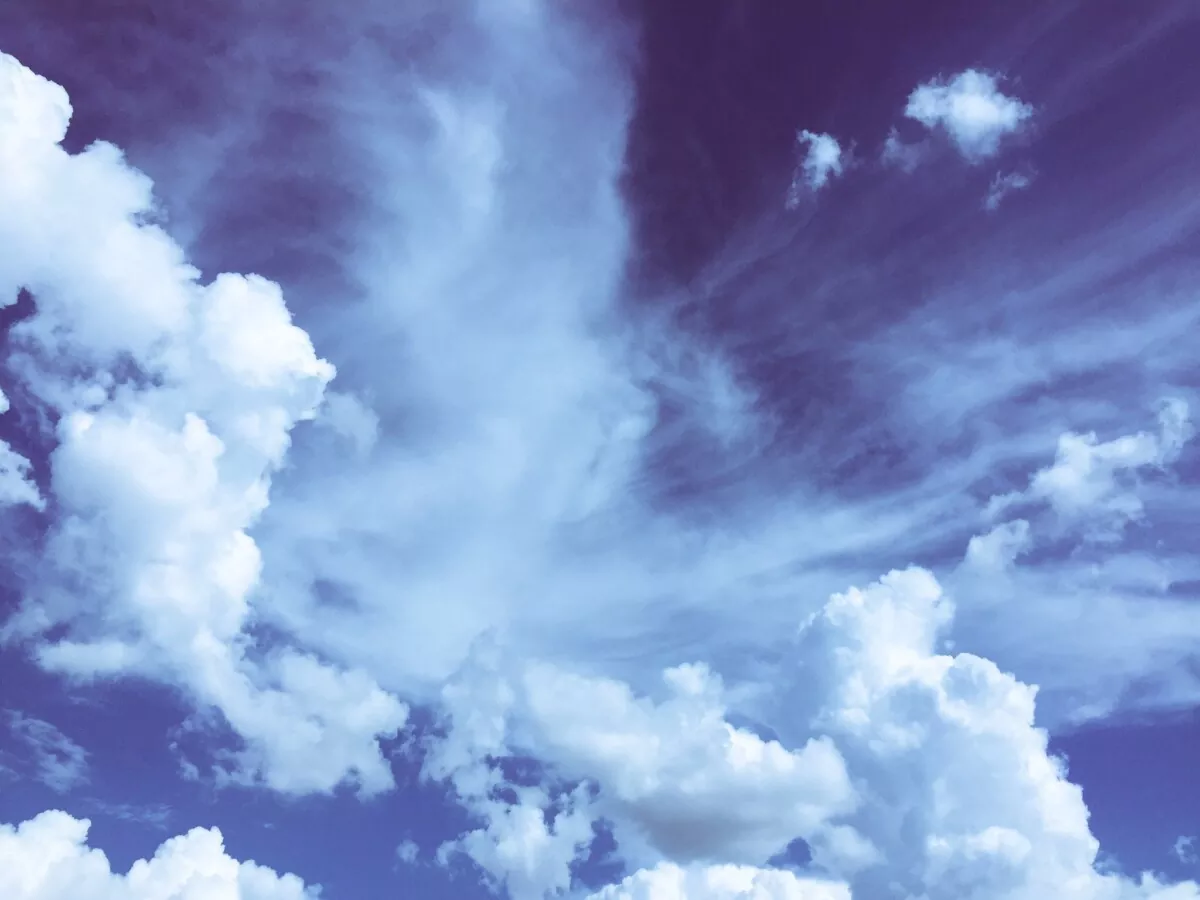DECOMPLEXING THE SEARCH: GOING OUT IN THE OPEN AIR AND FINDING SUSAN (OR ROBERTA?)
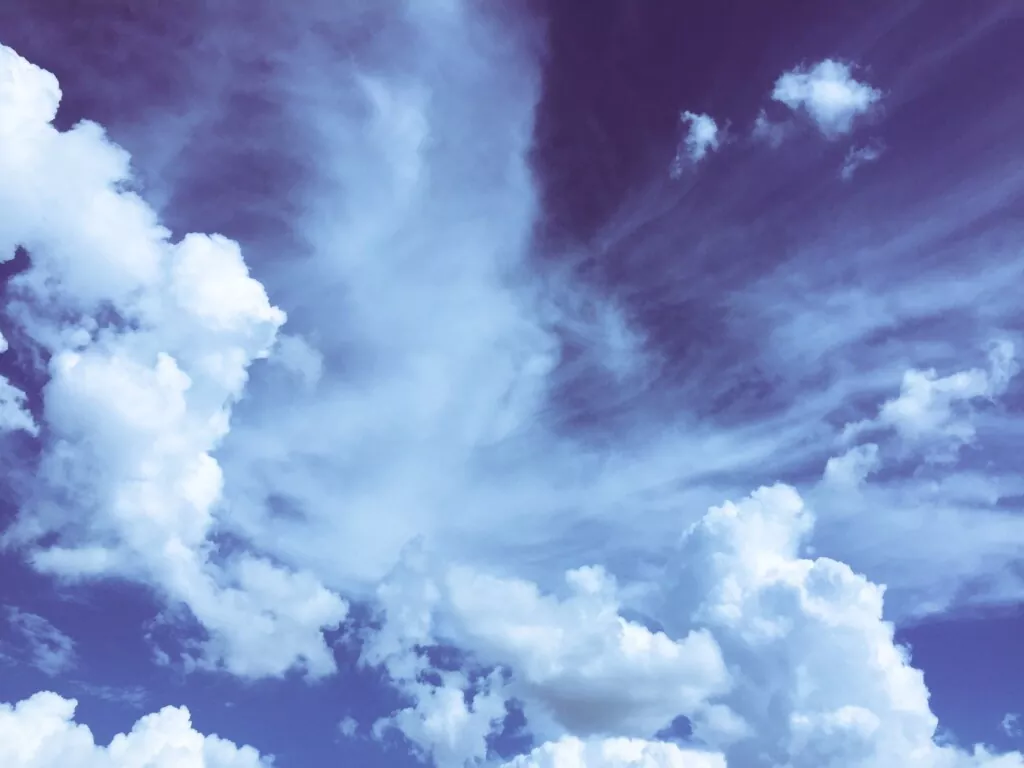
This text addresses the question of research from a number of blind spots and proposes perspectives with variable, even unstable geometry. Research-creation, what it represents and what it contains, is put forward. It talks in particular about its form of hydra, its phosphorescent character and metaphors around the objectives generated by its double life. Its epistemological complexity, i.e. the multi-track aspect of its knowledge development processes, is also mentioned. We imagine a scientific research without complexes, and we end on the image of Rosanna Arquette aka Roberta.
What’s around it
To be in the presence of art or science is to be in the presence of research. We live in a result-oriented society, however, in doing so, what is around us – in the centre, above or below, upstream or downstream – is often hidden. The value of an object tends to lie in its tangible potential, in its materiality and its capacity for incarnation over time. The demand for immediacy continues to grow in strength. Is there only a limit to this imperative? On the other hand, what currently takes time is not the most attractive thing – it is of course a generalisation, and that is what it is all about, a general atmosphere.
If you zoom in on the word search, it is usually a blurred image that comes to mind, unless of course you are or have been a researcher yourself. Imprecise and indeterminate for many of us, research remains an “object” that we sometimes place above things, as if it were a meta-situation. This idea that we have of a disembodiment of research in relation to its subject is of course false: on the contrary, it must have been raked and ploughed in all directions, even wallowed in it – let us think, for example, of field studies, such as participant observation in ethnology or action research, which advocates conducting research in a natural environment rather than in a laboratory (Van Trier, 1980, p.181 in Louis-Claude Paquin, Méthodologie de la recherche-création, 2017).
The word “search” is sometimes used: “creation”. This junction will occupy us through the following 2500-some words.
About the term “research-creation”
“In our universities, the expression “creative research” has somehow infiltrated and affirmed itself in recent decades as artistic disciplines have become integrated into the university milieu. The institution then saw itself welcoming within its walls another type of researcher, practitioners in the field of art who, while having the feeling of doing research, did not recognize themselves in the parameters of this activity that the university calls “scientific research”. Although this term encompassed studies in the exact sciences as well as those in the humanities, the research of arts practitioners required a different name, a name that would better reflect the nature of its contribution. “(Pierre Gosselin and Éric Le Coguiec, La recherche création – Pour une compréhension de la recherche en pratique artistique, 2006). It is a term that has emerged in response to a need and designates a plural set of research modalities. There are as many modalities as there are research-creations: each of them generates singular questionings whose answers will come partly from the process of artistic creation, or even from the creation itself. These answers come to us in a different language, a language that originates in the infra-text of the words used to name and say art. This is the moment in language when knowledge becomes counter-knowledge. Research-creation generates counter-knowledge, a knowledge that says something other than the seen and the known and that opens up the field of knowledge so as to multiply our perspectives on the world (on this subject, see the text “Approaching the idea of counter-knowledge (opening windows and turning around the formless)” in this blog).
The unspeakable hydra (or three-headed dragon)
If what is in the word “research” is not clear, it is because there is a multitude of things in it. There is the unspeakable, the unidentified. As if they were UFOs with a certain intuition but, who knows, we may be completely in the field. In all cases, the word “search” is frightening because it contains the unknown, and what we do not know is worrying – but also interesting: at worst mystifying, at best intriguing.
The unspeakable calls to be named. It is about putting words on what is sought on the one hand, and what is found on the other. These words will not necessarily be the same. What we are looking for represents an initial set of words – a first dragon’s head – which will then go through the different stages of the search process, where the words will be reordered, their succession reordered, the sentences reformulated, revealing concepts, ideas – a second dragon’s head – and finally, at the end of a variable duration that is counted in number of years, to format the content that will have emerged and the words that constitute it – a last head. The three-headed dragon of research is a body where intuition, risk, observation, the articulation of a problem and a question, the establishment of a theoretical framework, a census of research, a bibliography with commentary, data collection, methodology, analysis, verification, synthesis, theorization, referencing, formatting in a word processing software, flatly or euphorically, it is according to. The hydra in question is eventually ready to face the world: leave its university den to oxygenate itself in the open air, and confront other visions, other hydrons from other countries or simple regular dragons.
The hydra of research-creation, in addition, lays an egg. Research-creation is an extraterrestrial laying hydra (that’s a lot, I know). She has a human appearance but she is not exactly from this world: she seizes the world to extract meaning from it while she finds herself freed, freed from it. Decomplex, its modalities of existence and its appearances (because there are several) vary and adapt to the different contexts and research objects. Research-creation is an uncomplicated form of research. It balances rigid rigour with flexible casualness a balance to which the outside world can contribute and from which it can benefit at the same time.
The problem and advantage of invisibility
Research in the arts existed long before it was legitimized through academic master’s and doctoral programs. An artistic creation project almost necessarily involves research and reflection in parallel. It is not a question of reducing the content of academic research to a few notes in a notebook or preparatory plans and sketches. A thesis is certainly not equivalent to a project description, and requires an enormous amount of observation and analysis. My point is that there is research – whatever the level – even when you don’t see it. And, by extension with this idea, when we take research and creation out of our natural environment – the university – we no longer see research, or at least it is no longer in the foreground. And yet it is there, it does not exist with less intensity and rigour because it has moved to the regime of invisibility. And in any case, it is a phosphorescent type invisibility, which’glow’ in the dark at variable intensity. I like to think that research-creation’glow in the dark’. That it reinvents new conditions of visibility and reveals what we do not see otherwise.
This form of invisibility has its advantages and disadvantages. Already, its accessibility is limited: by this discreet position, one can pass by without noticing it. The research-creation portion of a research-creation project has very little visibility outside symposia and other specialized symposia. And if not, who reads theses and dissertations outside academics? Who attends doctoral and master’s juries? But not seeing it unless you give it real attention has the advantage of enhancing the attention and time it requires. In a world where performance and productivity have become the undisputed masters of ordinary time, we should be glad to have the opportunity to slow down. It should even be welcomed as an opportunity, even a miraculous circumstance.
Between “In Search of Lost Time” and “Desperately Seeking Susan”
The occurrences of the word search can lead us in all directions. And these directions sometimes take on the appearance of trail games punctuated by $1,000 puzzles where existential questions and pragmatic explorations intertwine. What are we looking for? Lost time, or Susan? Epistemologically speaking, it would be beneficial not to choose but rather to combine the two occurrences into a single search object – which then become two levels of the same search. Looking for lost time is like looking for Susan, only it’s two paths, two perspectives, two methodologies that move in the same direction. They are two space-time superimposed in transparency: at least that’s what Borges, or Philip K. Dick, would say.
The research-creation operates on a double track, even a multitrack. By its double objective, it induces a form of round trip at variable speed and interval. For example: research-creation-creation-creation-research. Or: creation-research-research-creation-research. Or: research-research-research-creation-creation-research-research. Different for everyone, regardless of the object of research and the creation envisaged. The order of words – search first, then create – is a false trail. This implicitly tells us that research pushes creation forward. But we know that it alternates and works in cycles, that it is recursive and irregular. And although sometimes research actually pushes creation forward, as would the propulsion of a ten-ton spinning ten-wheel scraping the asphalt, thereby scratching creation – which is usually the case at one time or another with a master’s or doctorate – research remains, through its cycles of appearance and predominance, a form of undulating, benevolent aura? At least she’s alive. Research-creation is a living form of research: in perpetual transformation, always adapting to its subject. It is a research whose form varies according to the creation that motivates it. Creation motivates research which in turn motivates creation. And who also informs him, who gives him form.
Out in the open air: complementarity is the key
Science is one step ahead when we talk about the research to which it belongs, we grant it quite naturally. This is not the case for art, which is generally perceived as less serious and not requiring the same rigour as science. With this advantage in his garters pocket, the scientist enjoys a general confidence that allows him to take a position of authority – though not always (see the text “Fake, milkshake and fortune cookie” in this blog). If I emphasize this form of iniquity, between the status of research in science and that in art – or at least the perception we have of it – it is mainly to highlight their complementarity (we will probably have noticed it: it is my hidden agenda within the framework of this dialogue-research art-science).
I used the word “inequity”, which implicitly refers to a form of injustice – that of external perception – but in terms of internal perception, we should rather speak of inequality or disparity, even simply difference. If I try to position myself from within research (I partially grant myself this right, having progressed for five years in a doctorate in studies and practices of the arts that I was never going to complete), I certainly perceive a largely unequal recognition of these two fields of research. I also understand the impossibility of placing them on the same level as the nature of their research objects and their methodologies differ so much.
But from what perspectives do they differ so much exactly? Because yes, in an academic perspective, they literally ‘clash’, they confront each other, claiming rights and categories of knowledge, demanding their own space, a position in an x hierarchy, a value in an ecology of scales. But if we open the door and go out into the open air, if we position ourselves from the simple fact of being alive, let us say: from the point of view of the possibilities of existence, research in art and science only naturally integrates the variable space that it is able to illuminate. In doing so, the research – whatever its object – works the material of the world, it goes along its contours and opens it up to allow the passage of new lightings. And it is by taking scientific research and research-creation in art out of their mould – academic or otherwise – that they can approach and that their complementarity can operate.
Unbounding, shifting, decomplexing – scientific research
Scientific research evolves in a rigorously defined context and framework, and imposes itself as an established set of rules and procedures. With little left to chance, there is little room to introduce a creative approach to this type of research. Let’s imagine something crazy: scientific research-creation. Let us imagine forms, objects and subjects: create a spatio-sculptural theory, a picturo-geological theorem, an anthropo-temporal temporal rule, a bio-photo-astronomical principle, an ecological-poetic system. Let us imagine methodologies that cross heuristics, phenomenology and systems with reductionist analysis, modelling and numerical simulation. Let us imagine results that are works and works that are discoveries, solutions. Imagine research co-leads with criminals, clowns and schizophrenics as consultants. Okay, this may go too far, let’s forget about criminals, clowns and schizo, but let’s still try to imagine something that would decipher the existing contexts of scientific research.
This level of “decomplexion” (this word is not “legit” but it is its destiny to appear here, in this text) would certainly allow us to rediscover the universe from other angles, to reformulate our visions of the world, to shift the existing perspectives, just enough to see what they hid that we did not see. Perhaps we should also rethink our relationship to the truth: why are we so intransigent with the notion of truth? Are we not blinded by demands of order and rationality? We are marked out by all the various social parameters and psycho-geographical perimeters – our daily schedules in the form of 9 to 5 to 7, our annual appointments with the doctor-dentist-optician-gynecologist, our values and beliefs, our diets and our emotional attachments, the roads we take, day after day, repeatedly, because they lead us efficiently from point A to point B, without any loss of space-time and this, to within 0.1 km – we are hardly able to imagine things other than what they are.
The unknown x : Susan or Roberta?
“Research-creation is conceived more as a path to the unknown than as a route to knowledge, which is the hallmark of research. “(Louis-Claude Paquin, Méthodologie de la recherche-création, 2017). This is also what we said earlier about art versus science (see the text “Don’t (sa) see what you see (and seek/find keys” in this blog). However, at this point in our reflections, could we not imagine that these are certainly two paths – distinct though parallel – oriented towards the same goal, driven by the same quest? Just like Susan and lost time are finally the double-sided object of one and the same search. And sometimes there’s a misunderstanding between Susan and Roberta.
What is the real unknown in our research processes?
Nathalie Bachand
Images (top) : Sky – photo by Stephanie Klepacki (unsplash.com) / Desperately Seeking Susan (Google Image).
Images (body text) : hydra; V; Close Encounters of the Third Kind / Rencontres du 3e type; phosphorescents objects; Retour vers le futur / Back to the Future; Recherche Susan désespérément / Desperately Seeking Susan; overturned truck; Transformers – images found on Google Image and screenshot (phosphorescents objects). Sky – photo by Stephanie Klepacki (unsplash.com).
Translated with www.DeepL.com/Translator
